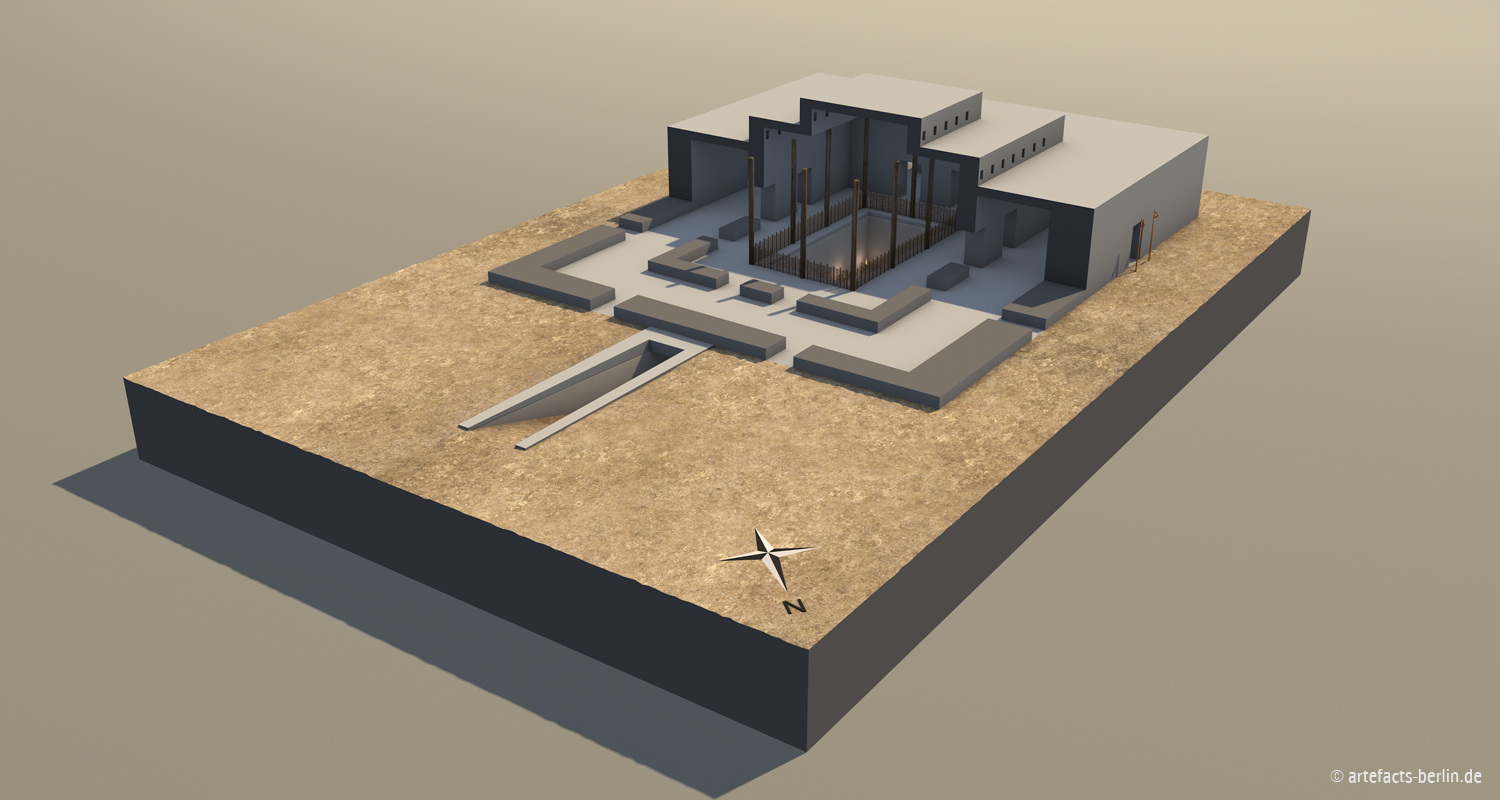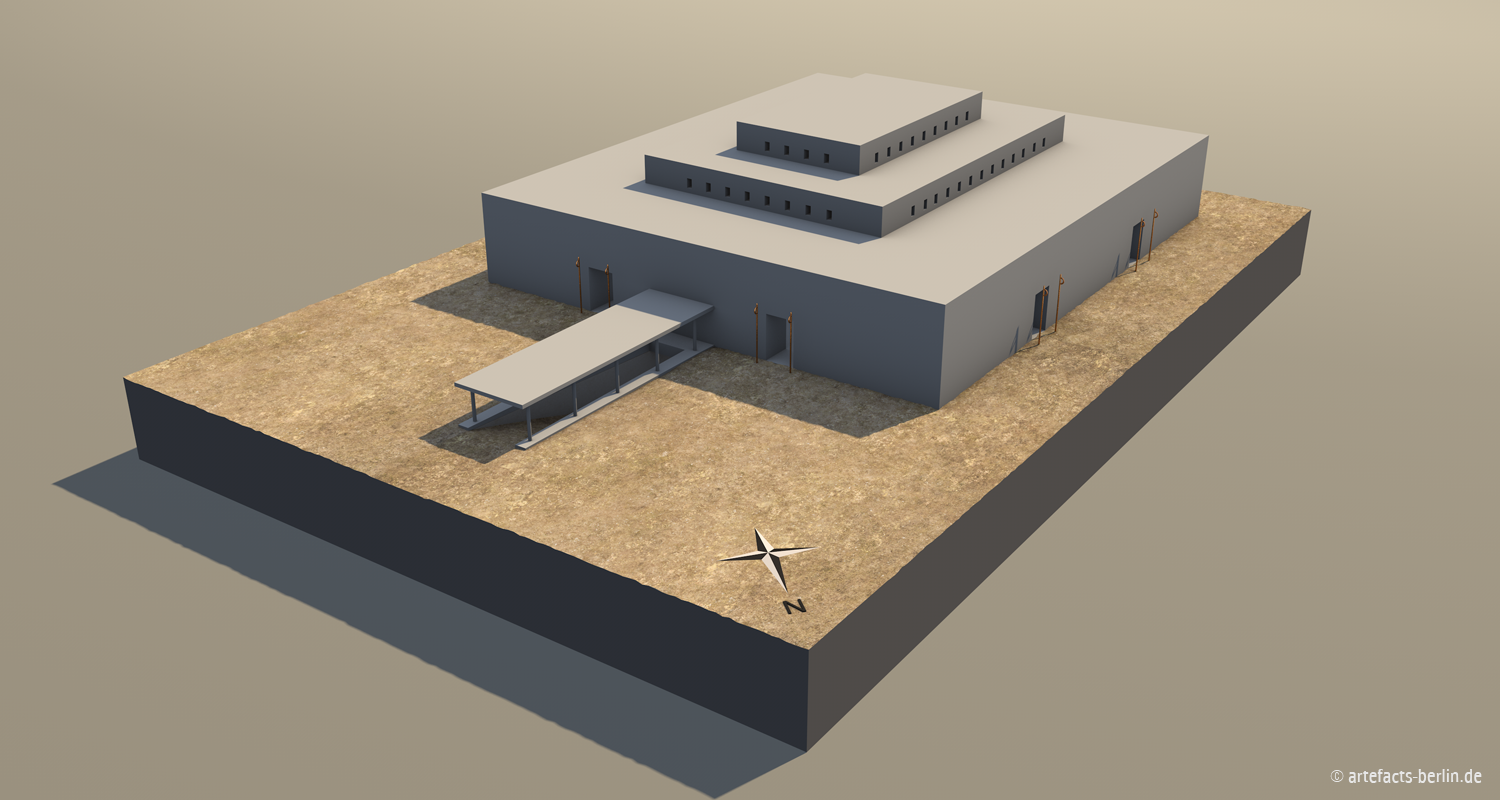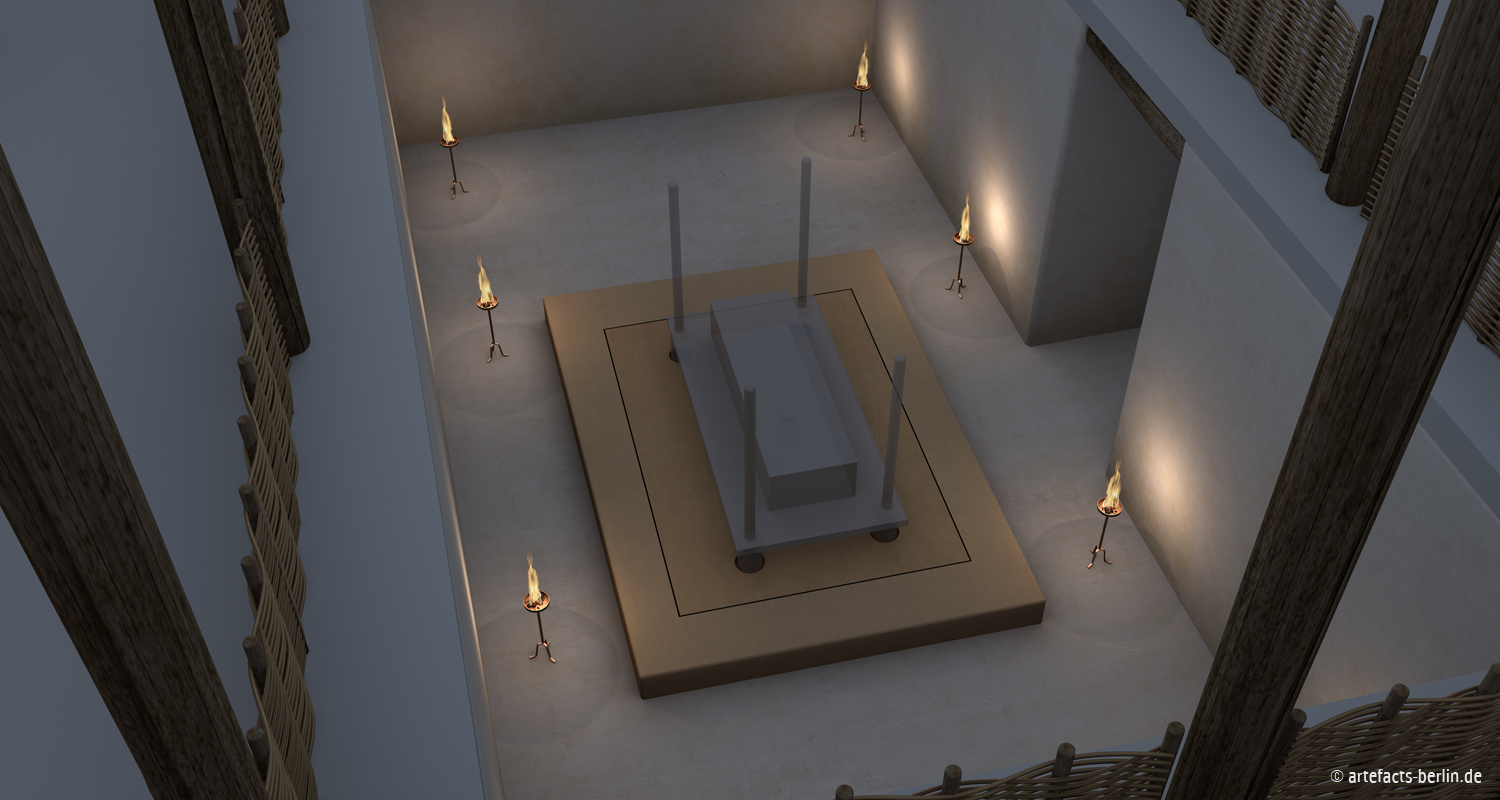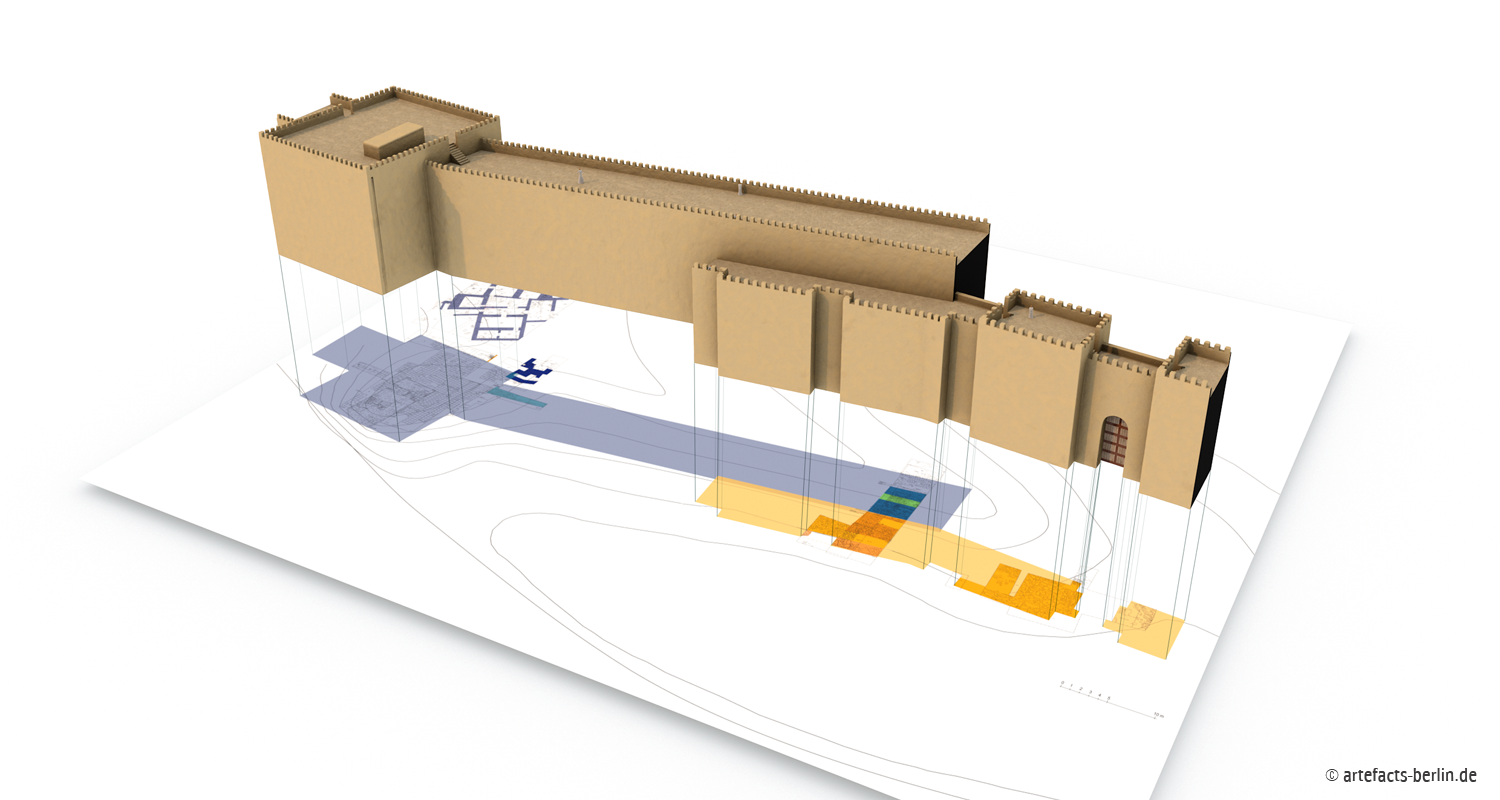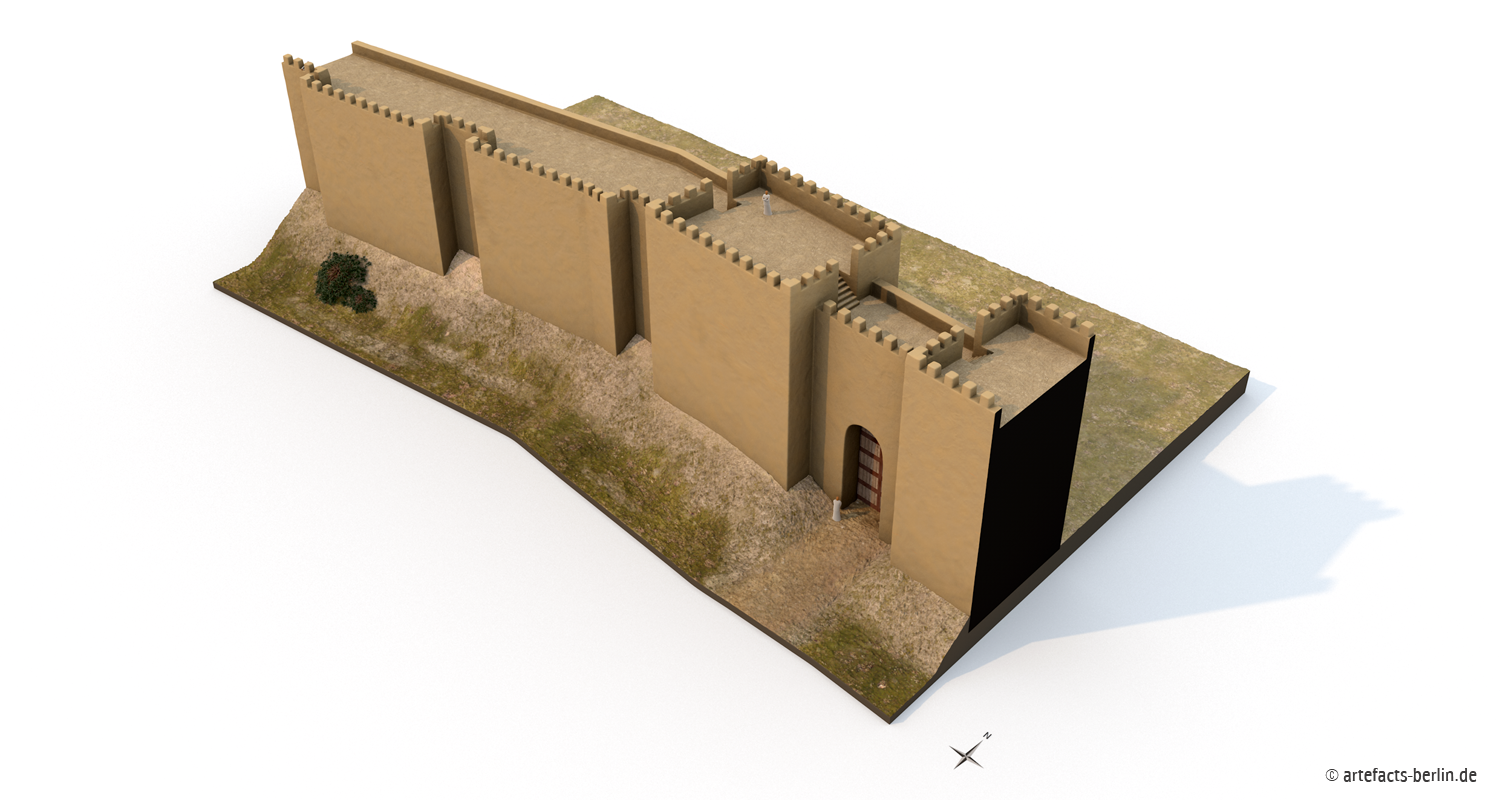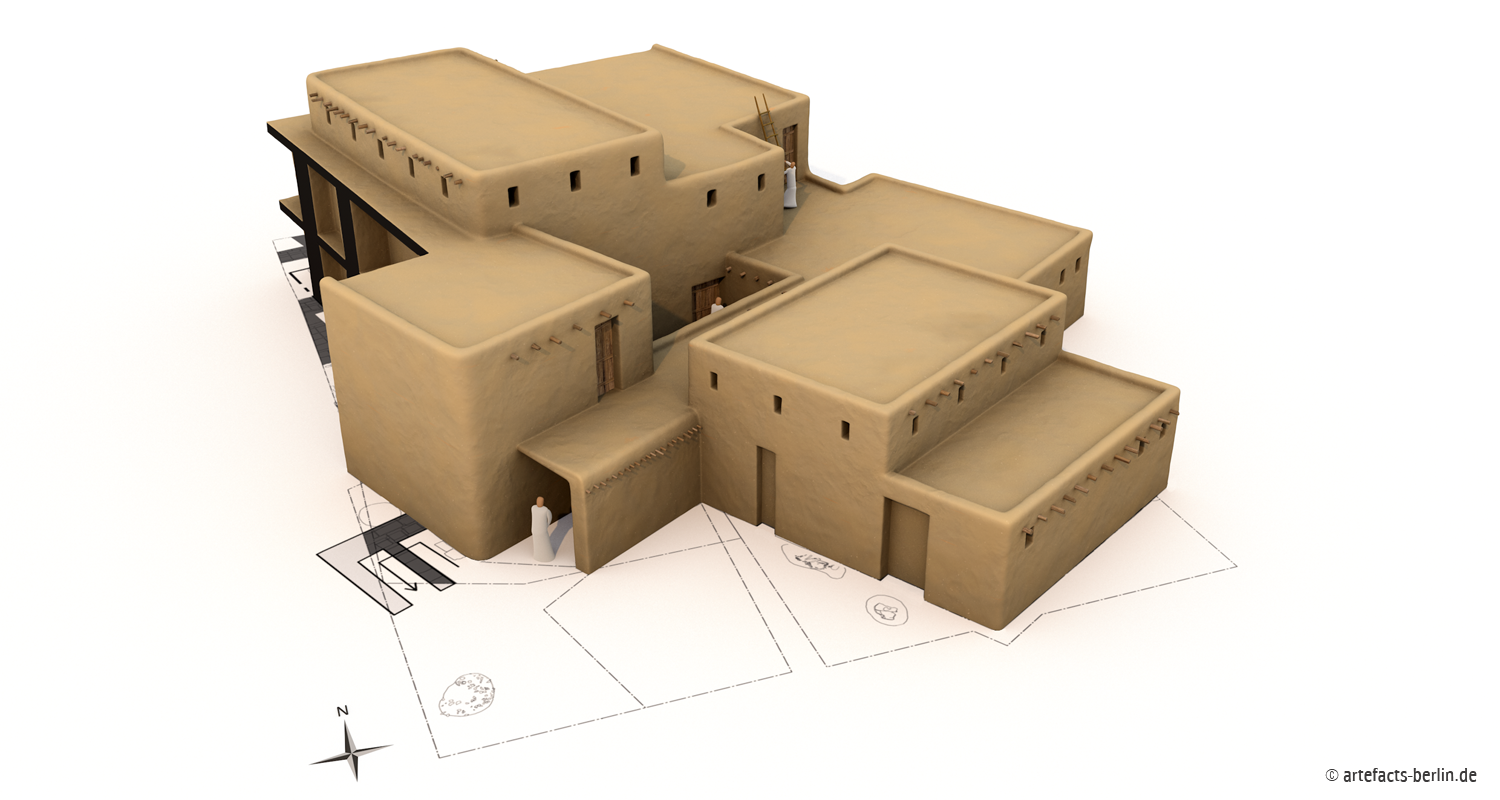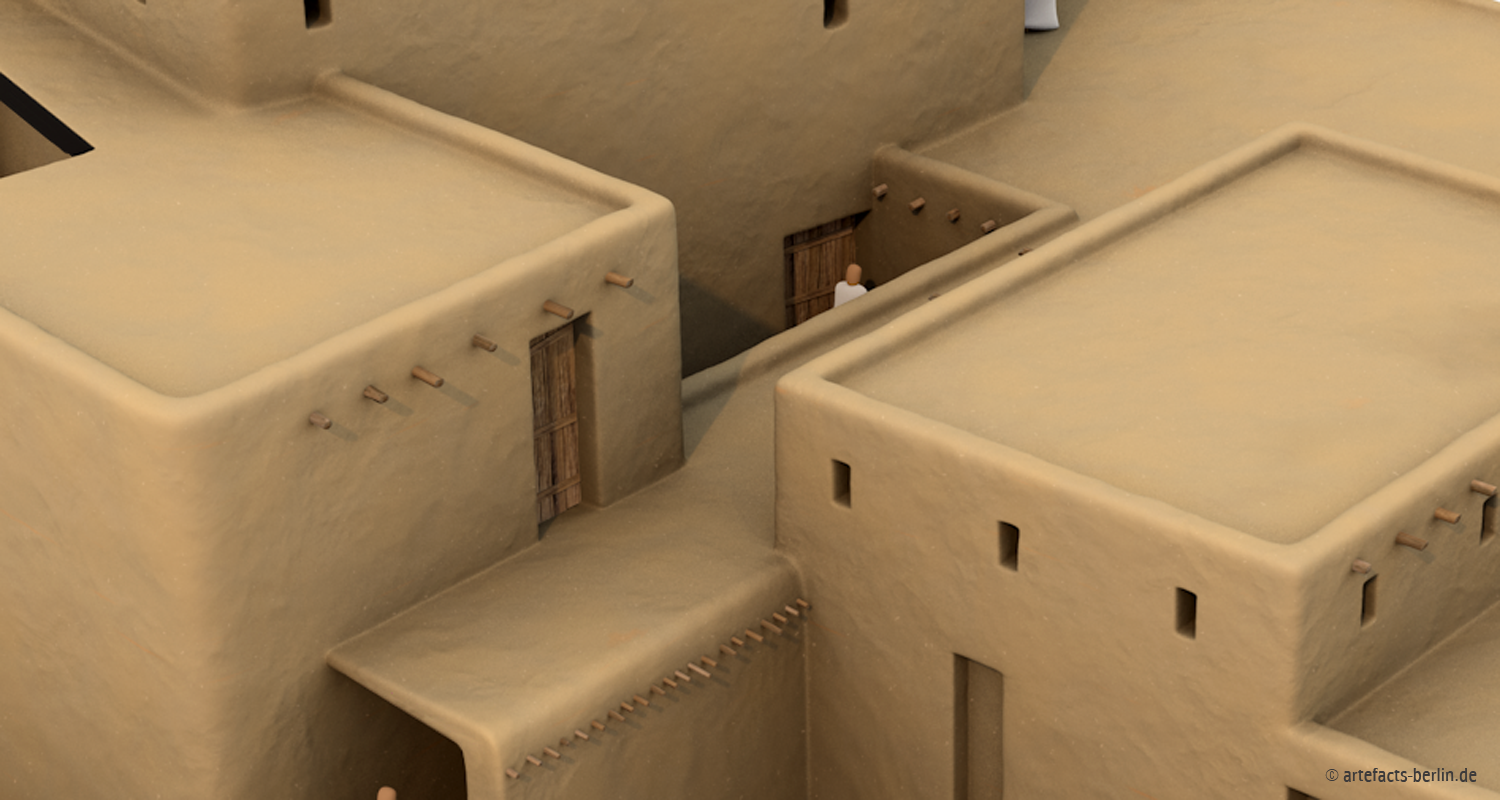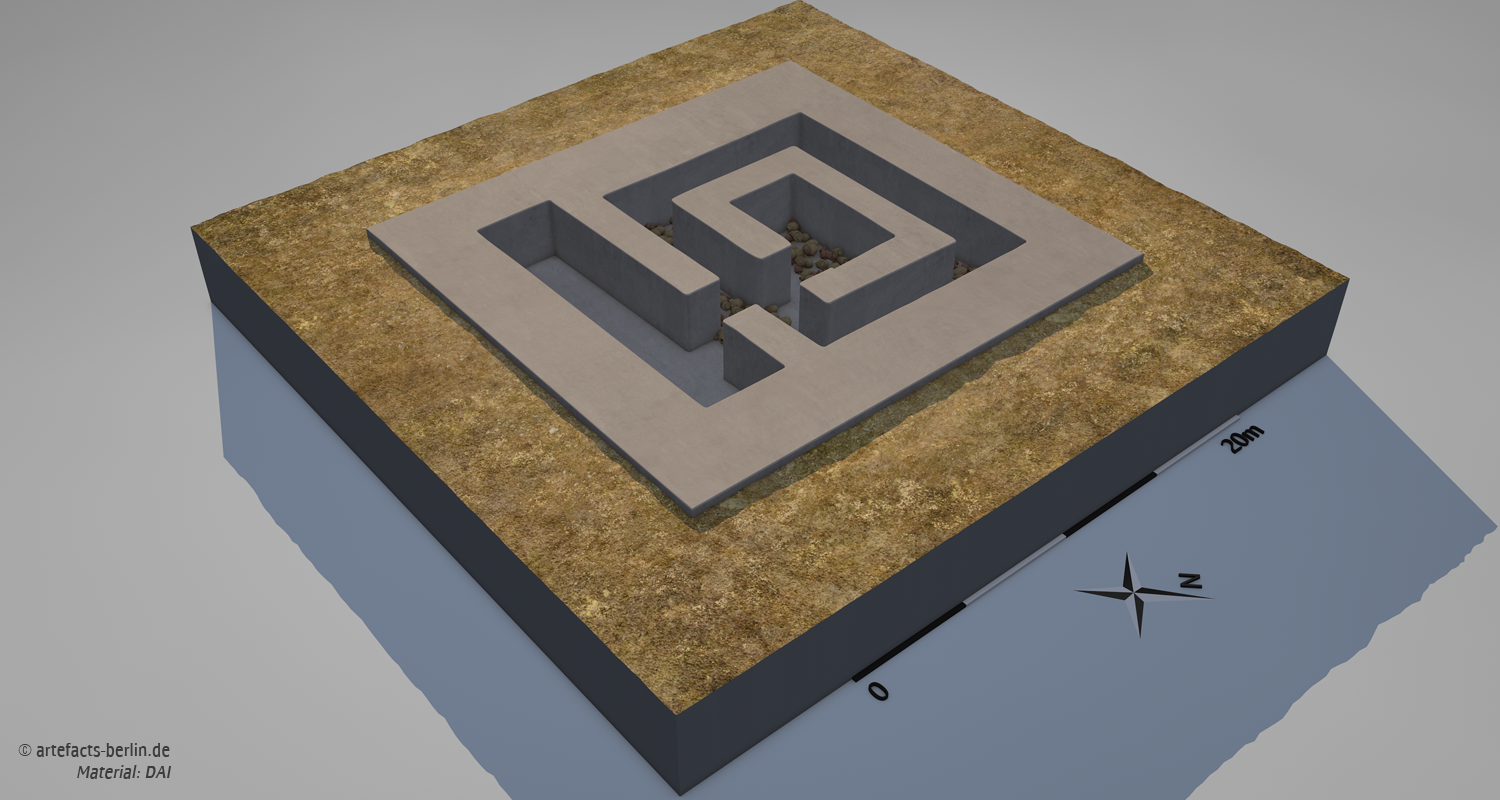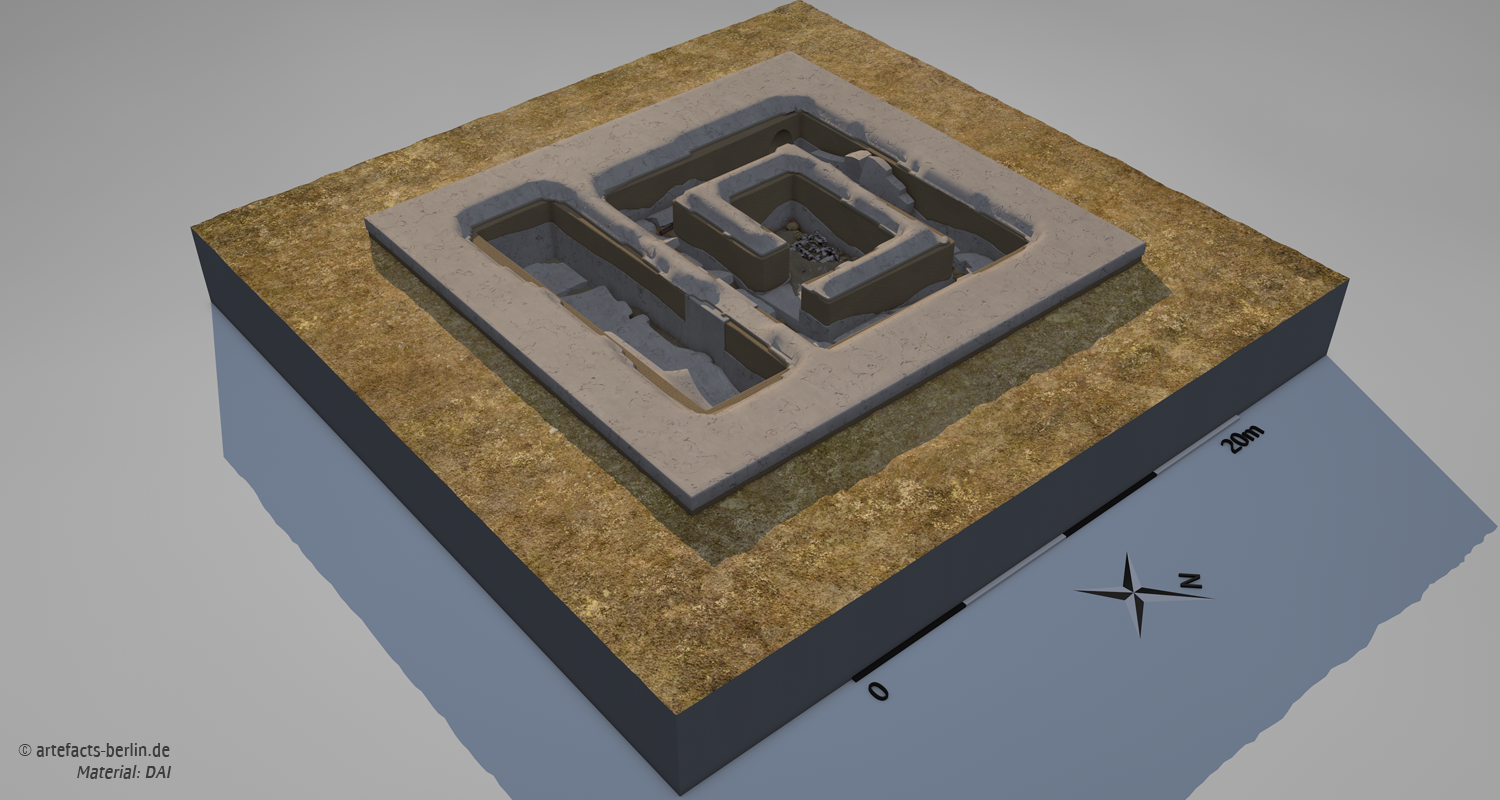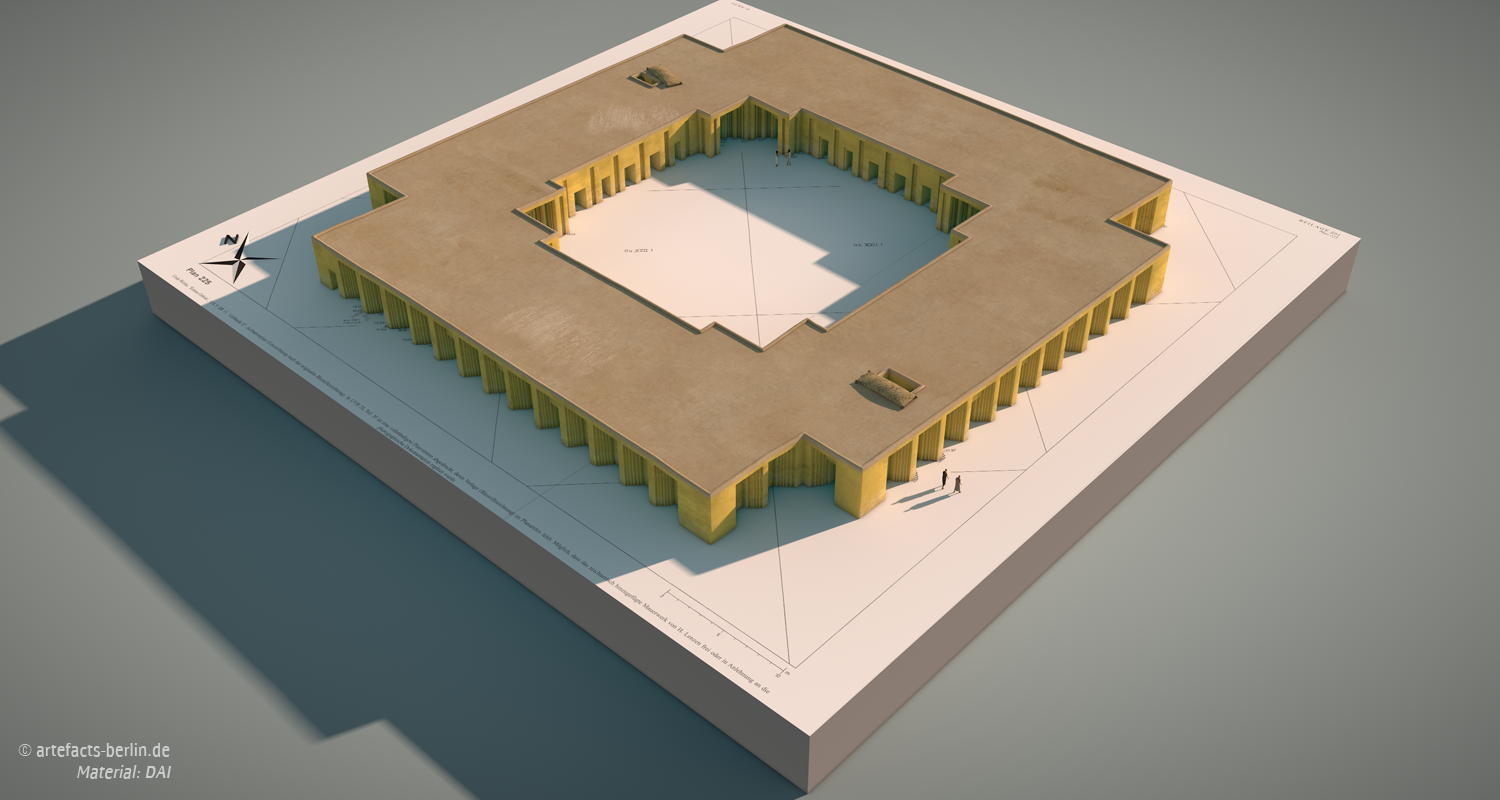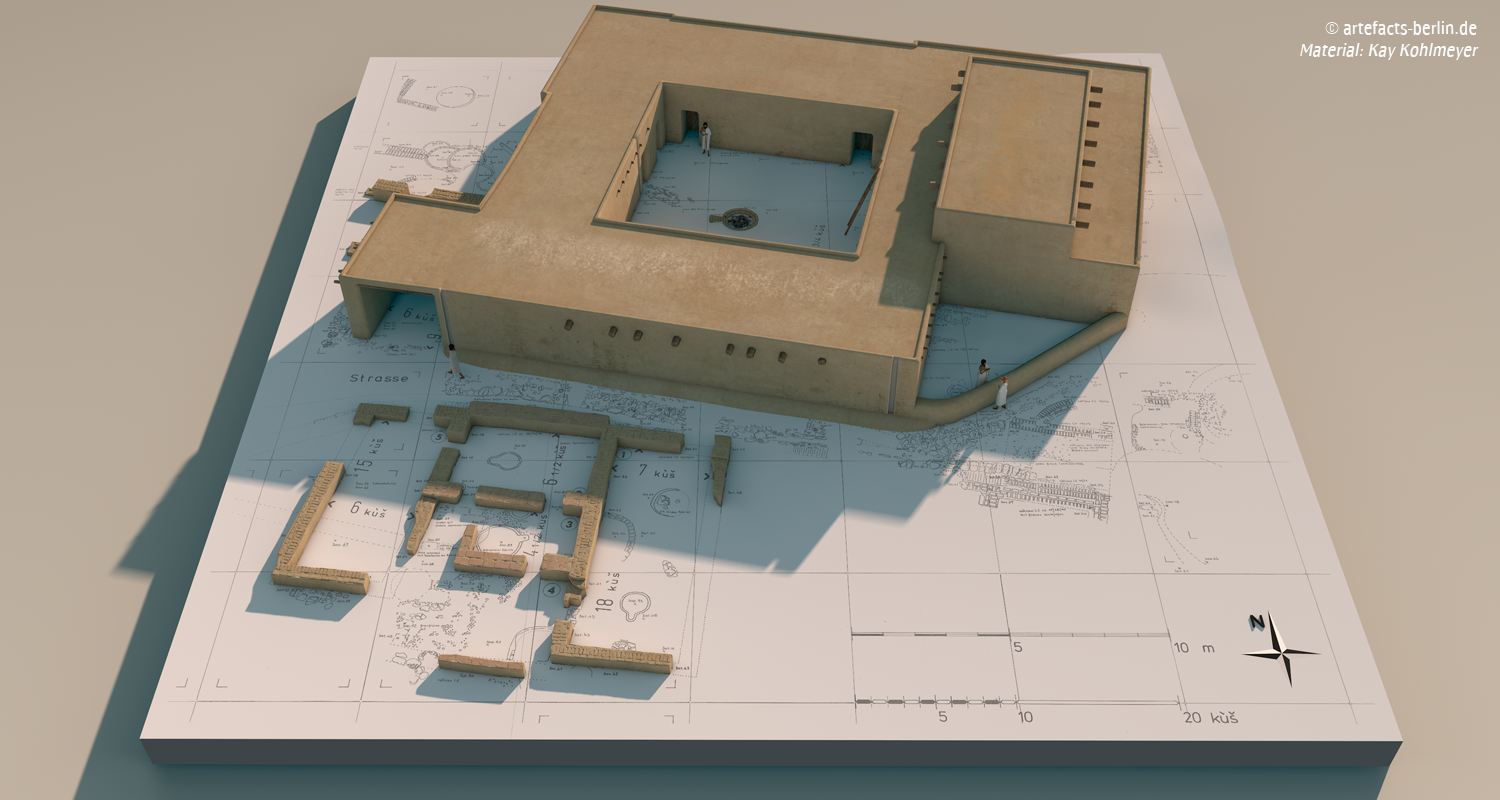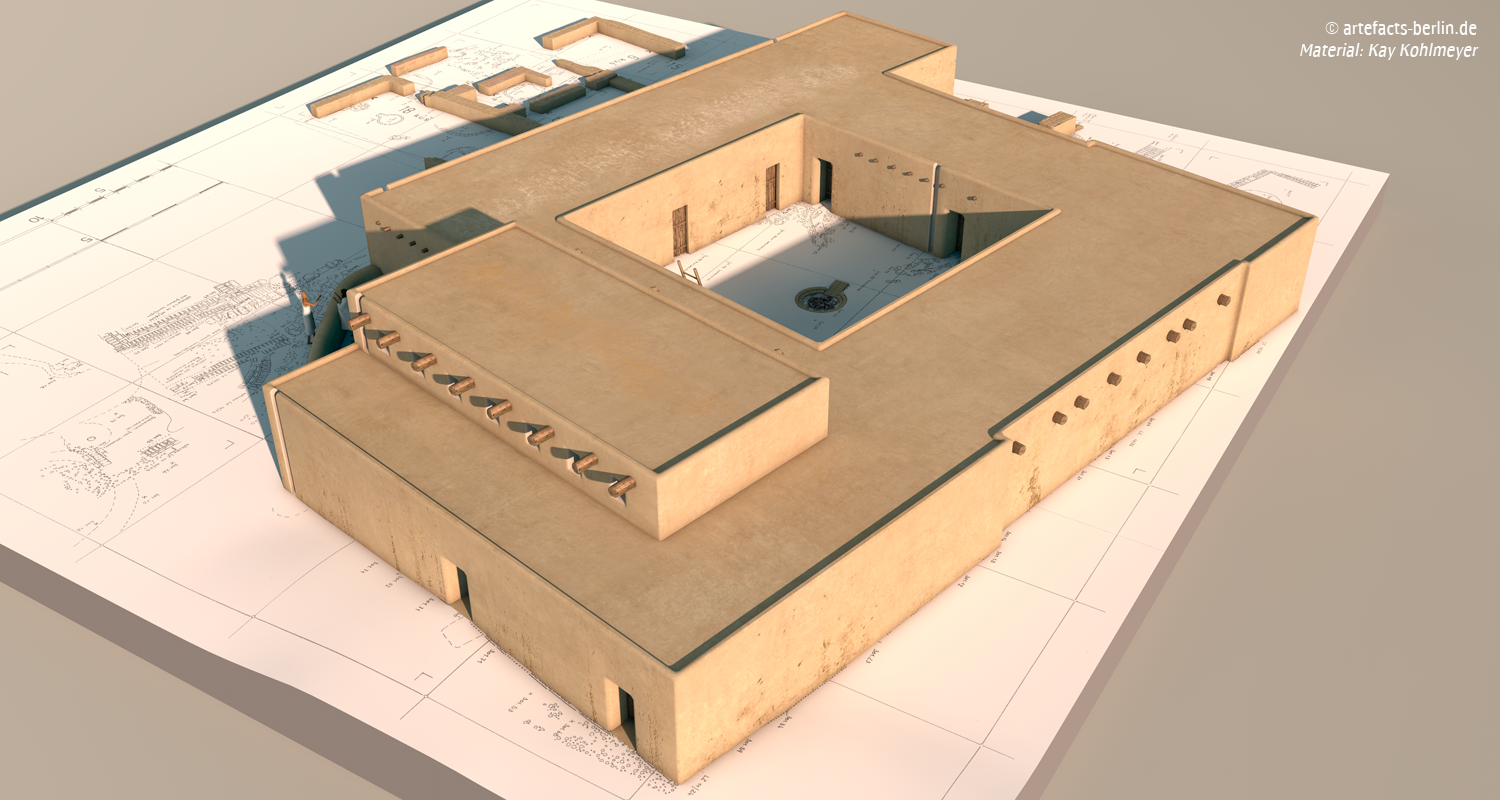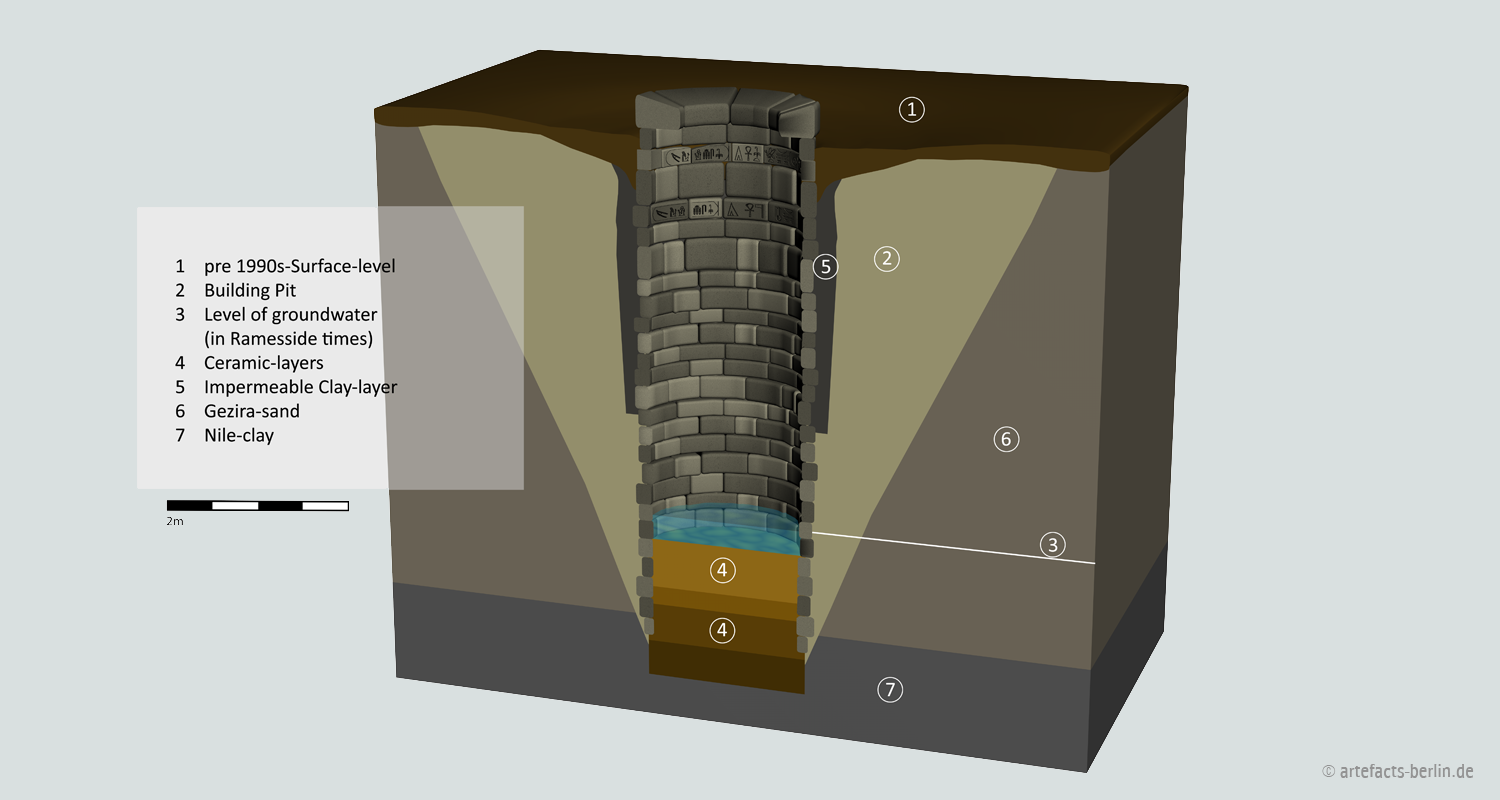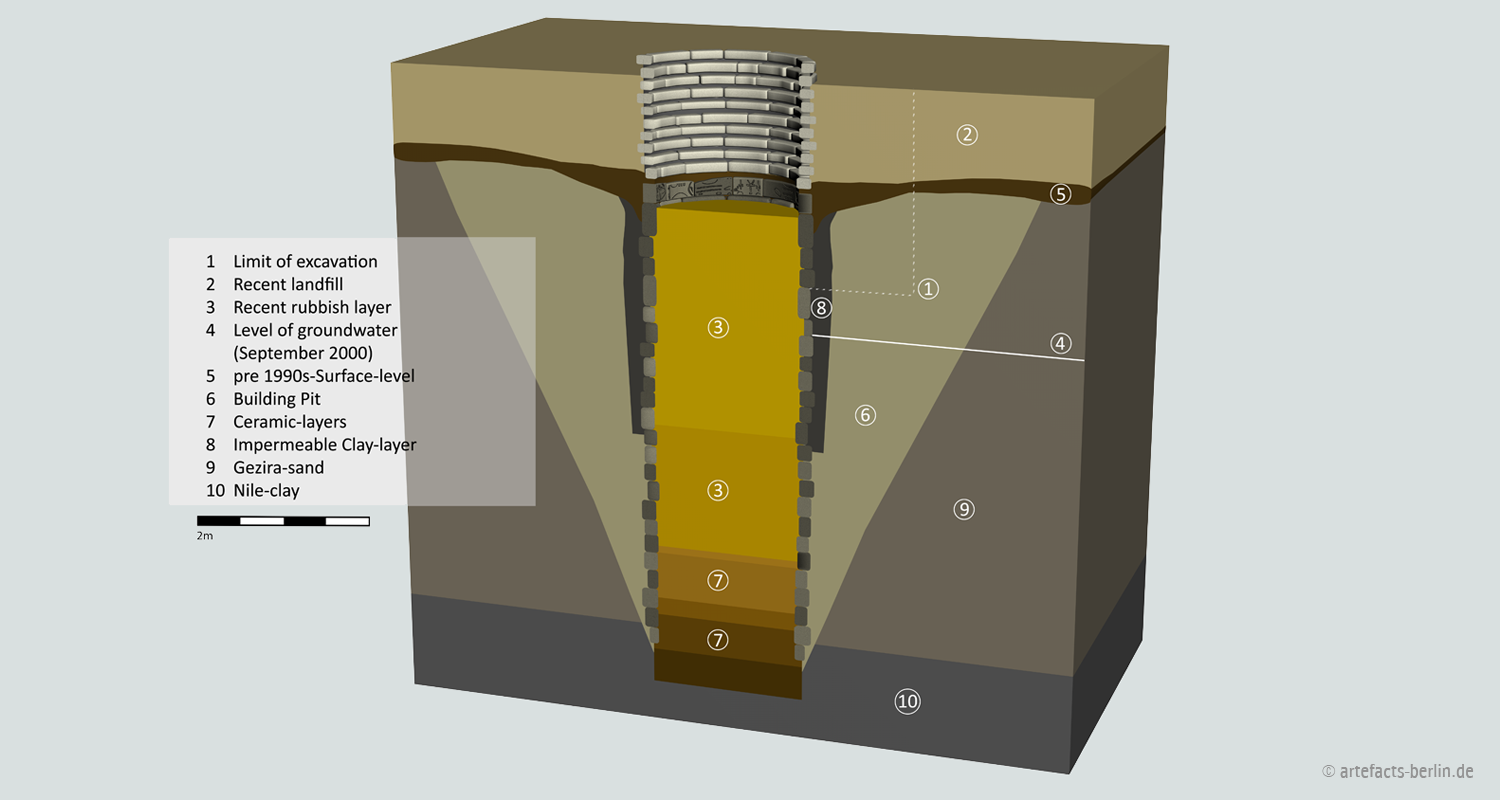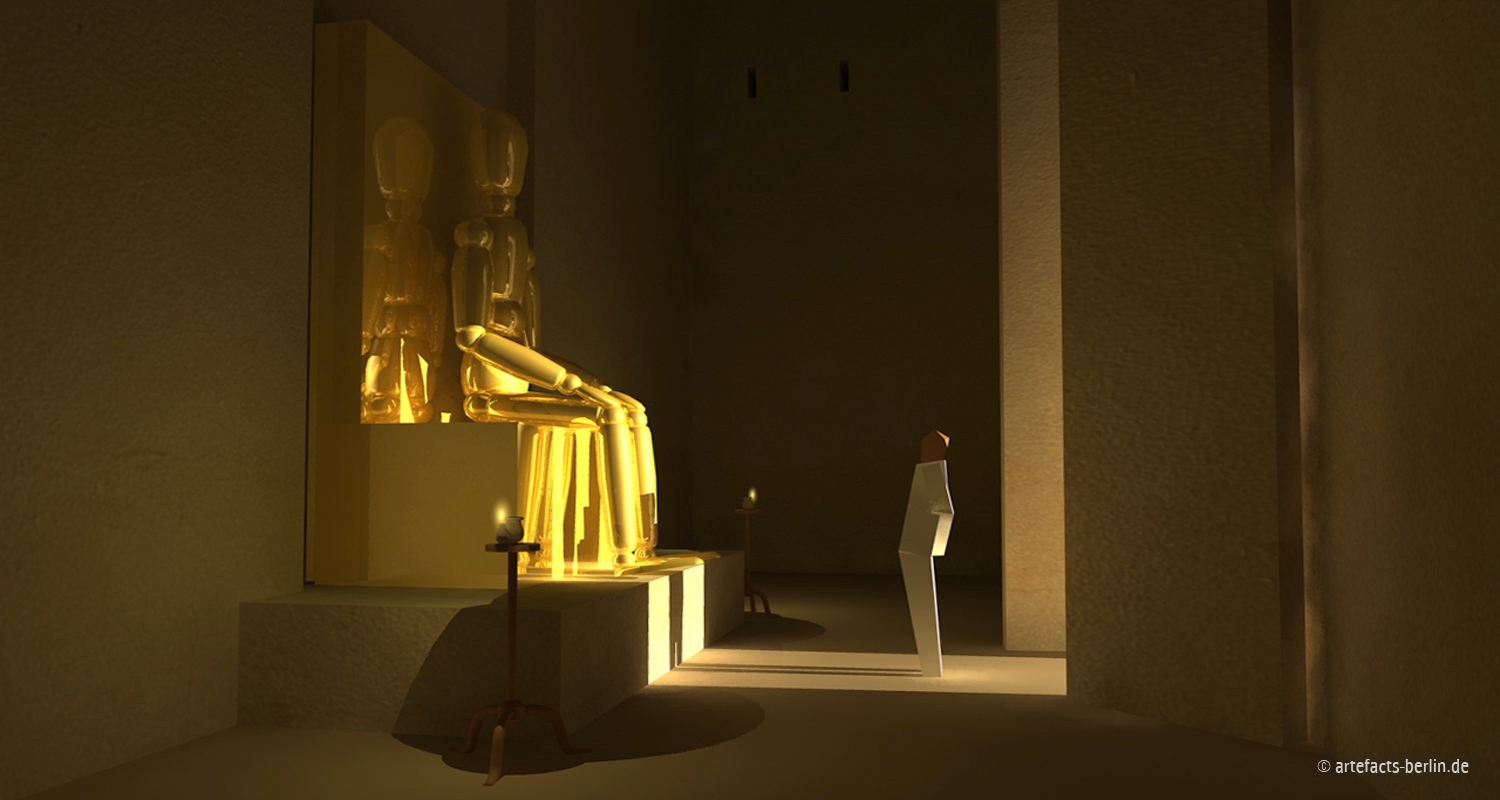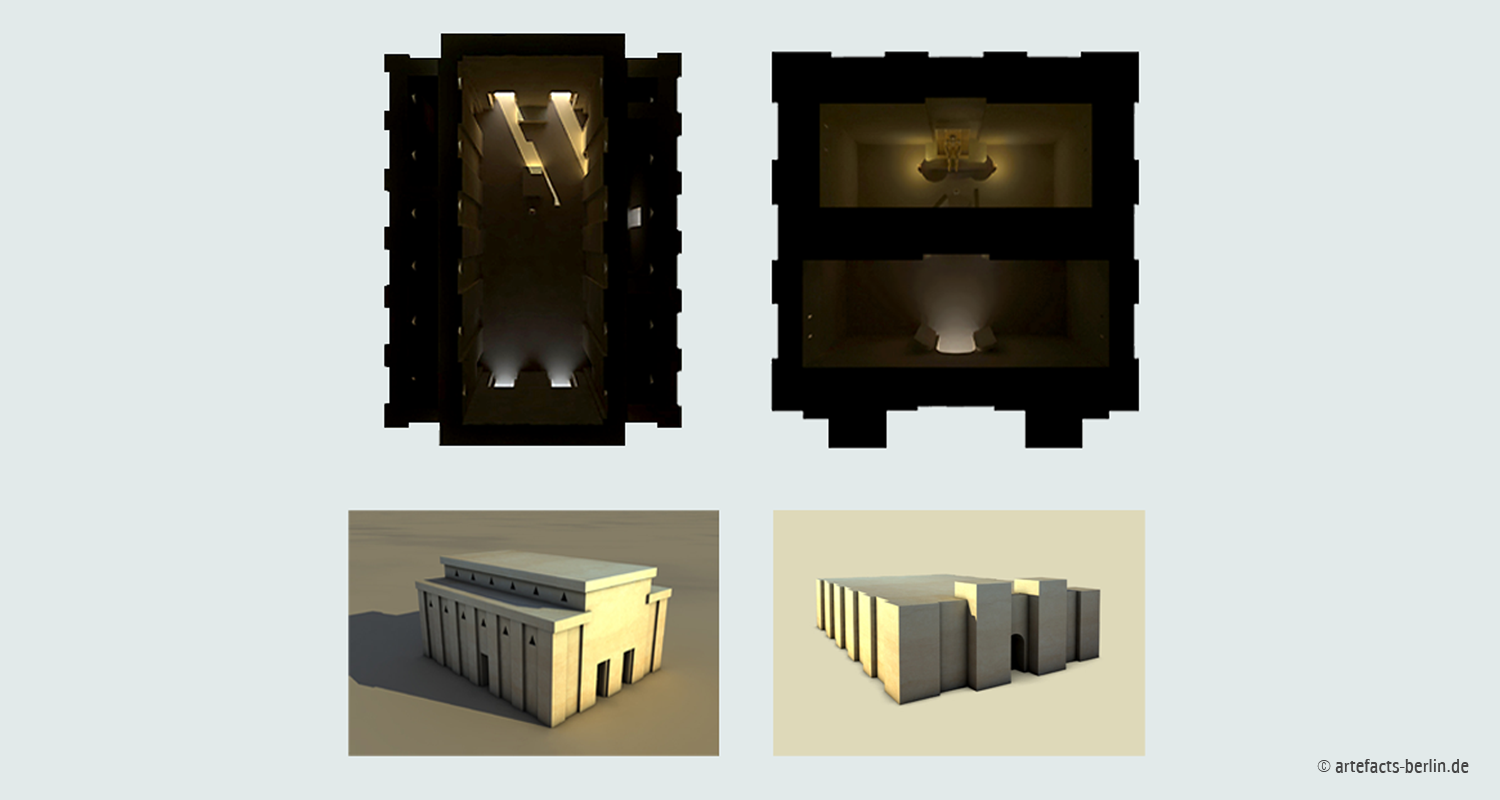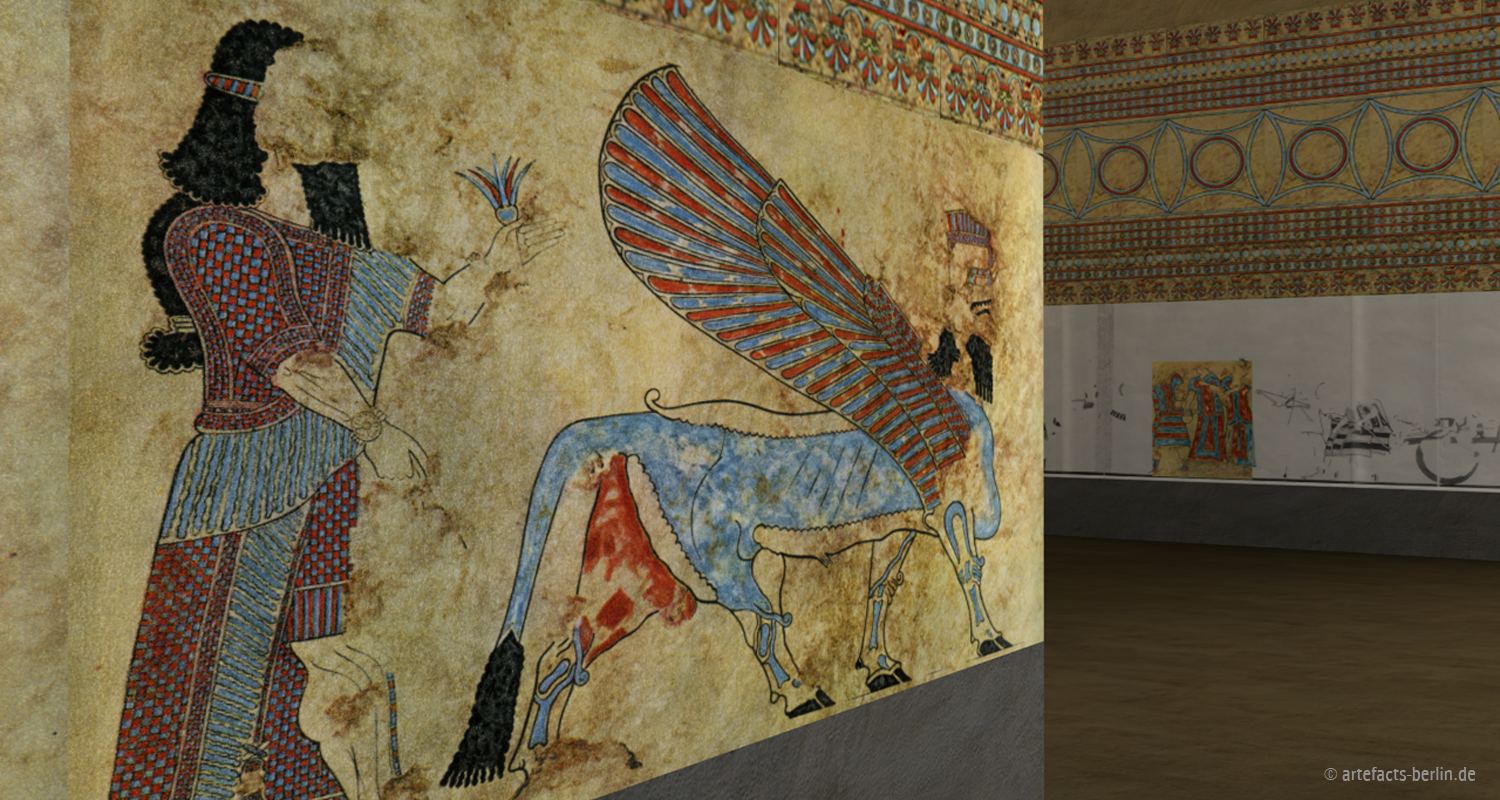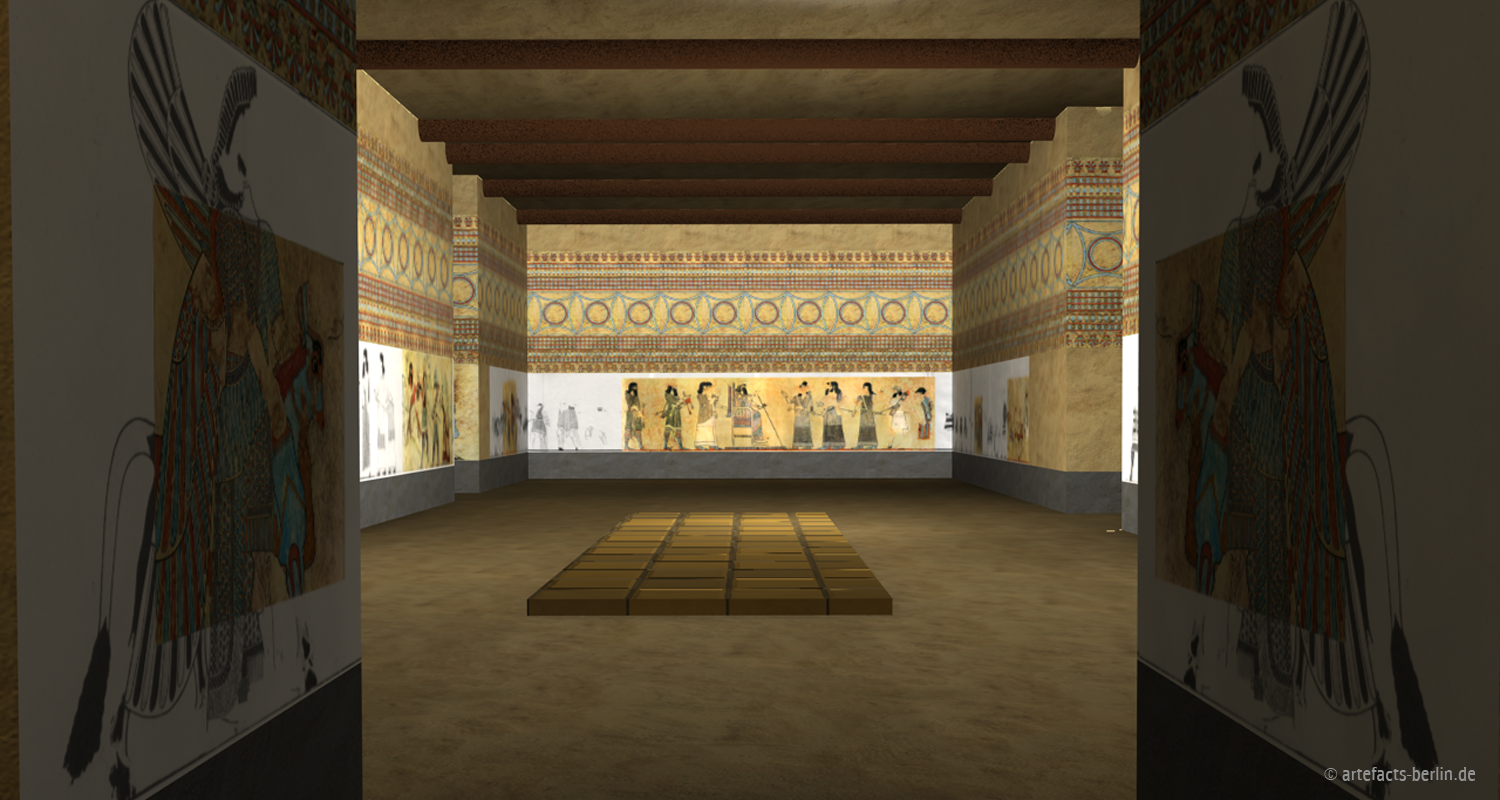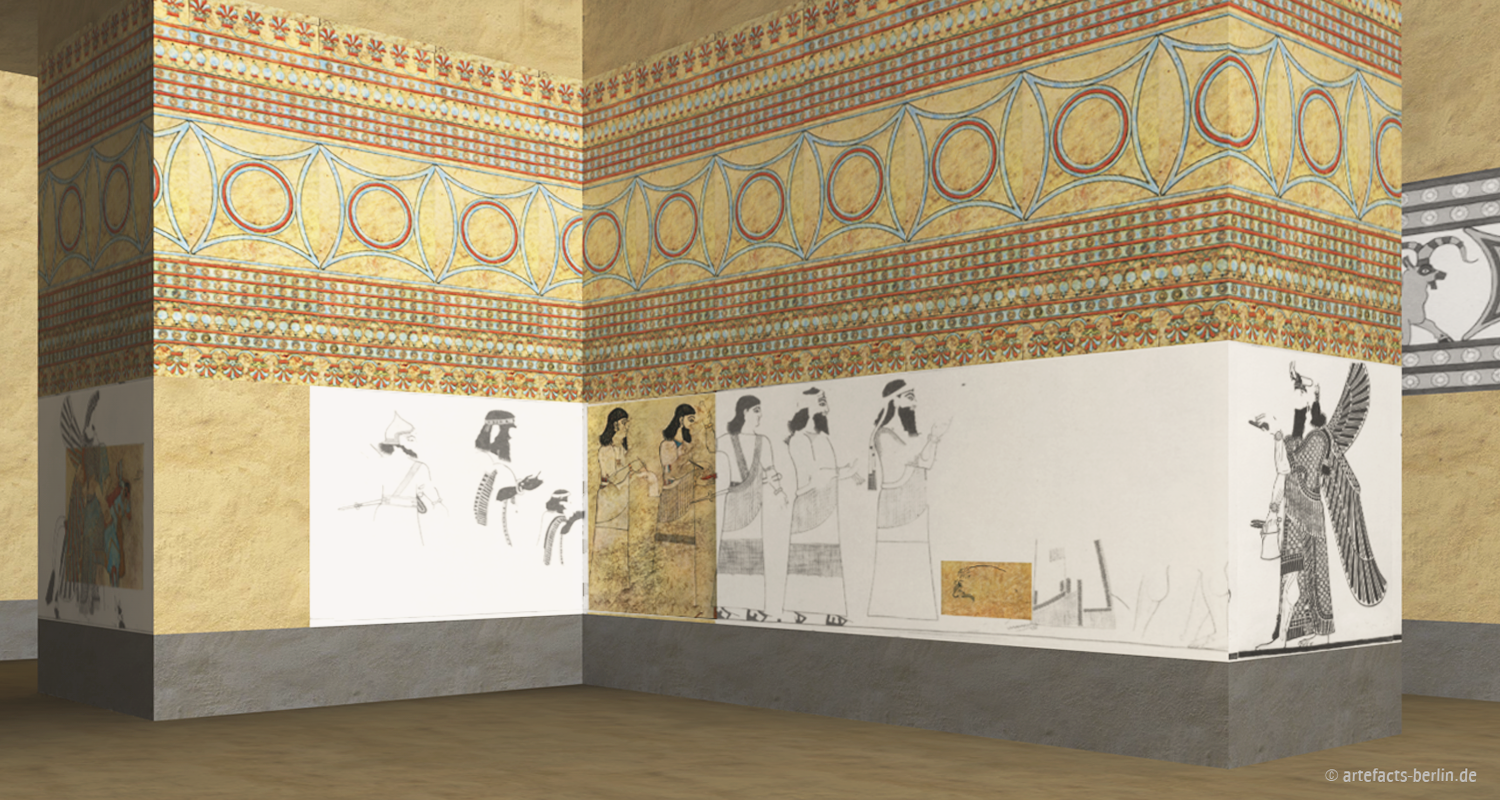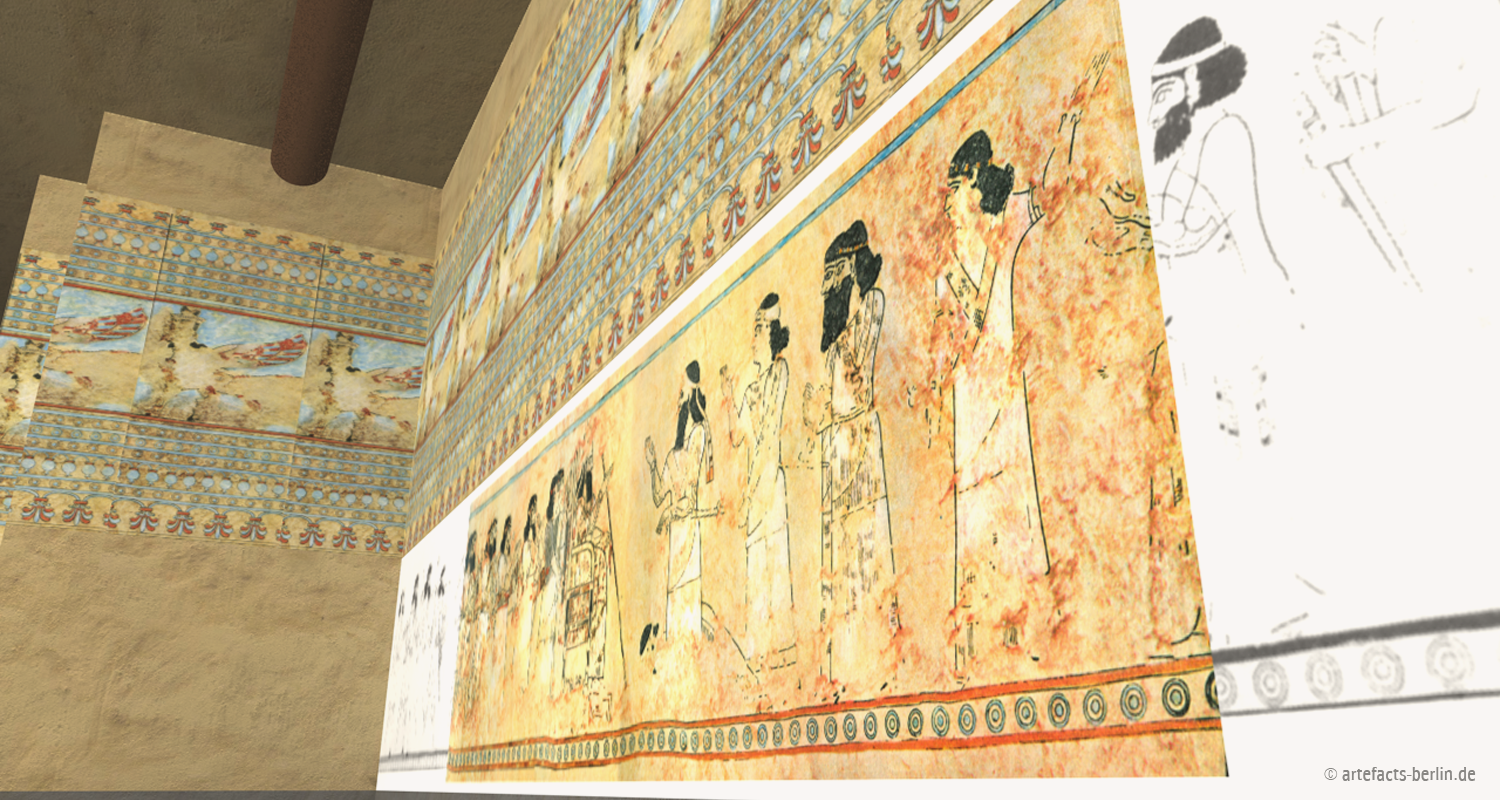About the project Uruk/Warka, situated in modern-day Iraq, is one of the first cities in the world, and was populated almost without interruption for over 5,000 years – from the 4th millennium BCE to the 1st millennium CE. Uruk is famous for the invention of cuneiform writing at the end of the 4th millennium, the […]
About the project Mari, modern Tell Hariri, located in the Middle Euphrates region in Syria is one of the most famous sites in the Near East, and dates from the 3rd to the beginning of the 2nd millennium BCE. Since it was destroyed and rebuilt several times during that period, its excavators divided its occupational […]
About the project Uruk/Warka, situated in modern-day Iraq, is one of the first cities in the world, and was populated almost without interruption for over 5,000 years – from the 4th millennium BCE to the 1st millennium CE. Uruk is famous for the invention of cuneiform writing at the end of the 4th millennium, the […]
About the project Uruk/Warka, situated in modern-day Iraq, is one of the first cities in the world, and was populated almost without interruption for over 5,000 years – from the 4th millennium BCE to the 1st millennium CE. Uruk is famous for the invention of cuneiform writing at the end of the 4th millennium, the […]
About the project Habuba Kabira is situated in modern Syria and covers an area of about 600 x 170m. The trading post of the Uruk Period lasted for about 100 years and is now flooded by the Assad dam. Building H is situated in Area 3 in the northeastern corner of the city. It covers […]
About the project Uruk/Warka, situated in modern-day Iraq, is one of the first cities in the world, and was populated almost without interruption for over 5,000 years – from the 4th millennium BCE to the 1st millennium CE. The pre-dynastic period was the time of the legendary king Gilgamesh, who is said to have build […]
About the project Uruk/Warka, situated in modern-day Iraq, is one of the first cities in the world, and was populated almost without interruption for over 5,000 years – from the 4th millennium BCE to the 1st millennium CE. Uruk is famous for the invention of cuneiform writing at the end of the 4th millennium, the […]
About the project Ancient Bactria lies on both sides of the river Oxus (modern: Amudarja), in the south of Uzbekistan and Tadzhikistan as well as in the north of Afghanistan. Bactria was part of the Persion Empire since the middle of the 6th century BCE and was due to its richness one of the most […]
About the project In 2000 and 2001, an ancient Egyptian well was excavated by the Qantir-Piramesse project of the Roemer-Pelizaeus Museum, Hildesheim, Germany, led by Dr. Edgar B. Pusch. The well dates back to the reign of Ramesses II (1279-1213 BCE) and is located in the modern village of Samana in the North Eastern Nile […]
About the project Studies on the physical experience of pre-modern architecture have been made within Classical archaeology and in the archaeology of Ancient Egypt, but are still very rare for the archaeology of the Ancient Near East. So, as part of an international seminar, we conducted research on the reconstruction of the lighting conditions in […]
About the project Tepe Gawra, kurdish for “the great mound”, is situated in Northeastern Iraq, 24 km north-east of the Tigris River at Mosul. The site offers an almost continuous sequence of occupation from the 5th to the 2nd millennium BCE. The “Round House” itself dates to the transition from the late Ubaid to the […]
About the project Til Barsib, modern Tell Ahmar, is located in Syria on the east bank of the Euphrates river, close to the Turkish border. With a long settlement history, which dates back to the Ubaid Period (5th millennium BCE), Tell Ahmar is an important archaeological site and especially renowned for its Neo-Assyrian remains. In […]

